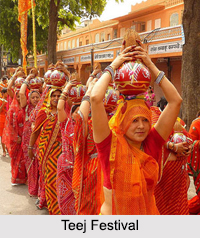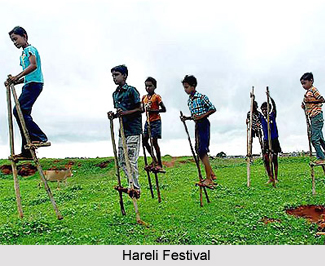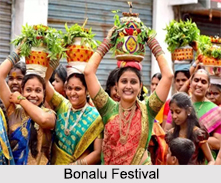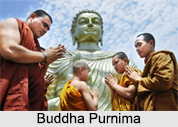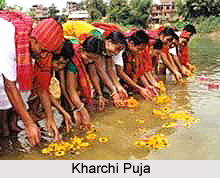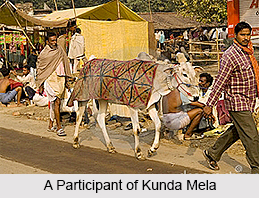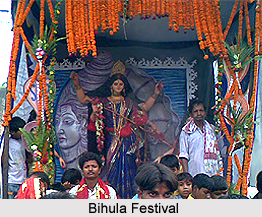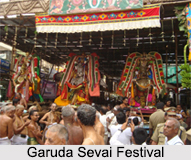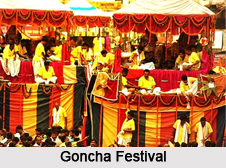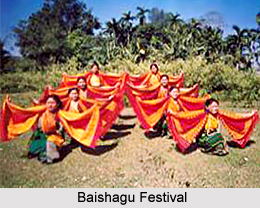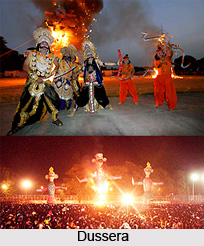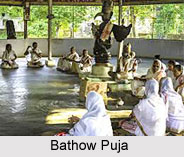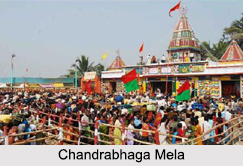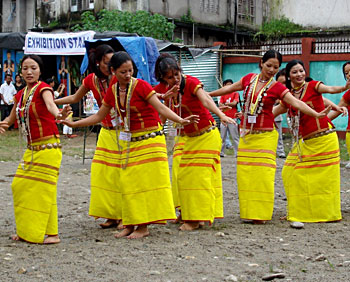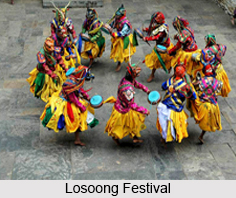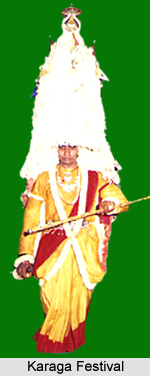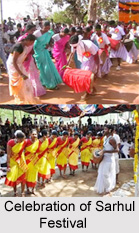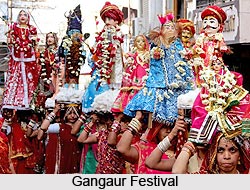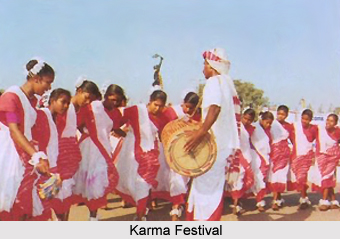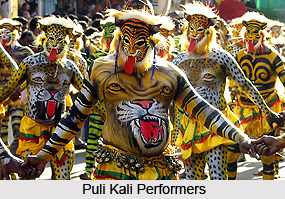 Puli Kali is a traditional festival celebrated in Thrissur district in the Kerala state of India. It is performed on the occasion of Onam, the state festival of Kerala. Also called tiger dance, it is mainly performed by the Pulikkali groups or `sangams`. Painted like tigers and hunters, the Pulikkali groups perform this on the fourth day of Onam celebrations. The festival attracts a large number of people from different parts of the country. Puli Kali is also performed during various other festive seasons in Kerala.
Puli Kali is a traditional festival celebrated in Thrissur district in the Kerala state of India. It is performed on the occasion of Onam, the state festival of Kerala. Also called tiger dance, it is mainly performed by the Pulikkali groups or `sangams`. Painted like tigers and hunters, the Pulikkali groups perform this on the fourth day of Onam celebrations. The festival attracts a large number of people from different parts of the country. Puli Kali is also performed during various other festive seasons in Kerala.
Etymology of Puli Kali
The literal meaning of Pulikali is the `play of the tigers`. In Malayalam language "Puli" means Leopard or Tiger and "Kali" means Play. Thus, the performance of this festival revolves around the theme of tiger hunting.
History of Puli Kali
The festival of Puli Kali has a history which dates back to over 200 years. It is believed that this festival was introduced by the Maharaja Rama Varma Sakthan Thampuran, the then Maharaja of Cochin. He introduced this art form with the aim of celebrating Onam with a dance that reflected the wild and macho spirit of the force. Later, this art form was popularized by the Muslim soldiers of the British Army who stationed in Thrissur in the army cantonment area. They incorporated steps and body language in the dance that are peculiar to a tiger being stalked by a hunter. The choreography enacted a play of the hunter and the beast. The dancers performed the play by decking up as tigers and at that time it was known as `Pulikkettikali`.
Celebration of Puli Kali in Modern Days
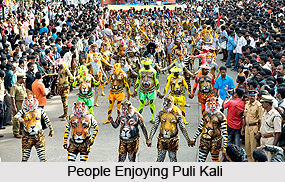 Over the years, Puli Kali has experienced changes in its costumes and performances. In the earlier days, the dancers would themselves paint all over, on their faces as well. But now the make up has reached a different level. It witnesses participation of many renowned painters who utilizes this festival as a platform to showcase their talent.
Over the years, Puli Kali has experienced changes in its costumes and performances. In the earlier days, the dancers would themselves paint all over, on their faces as well. But now the make up has reached a different level. It witnesses participation of many renowned painters who utilizes this festival as a platform to showcase their talent.
Makeup and Costume of the Dancers- The most important feature of this festival is the makeup of the dancers. Painting the body with the right ingredients to provide the right face of a tiger is a meticulous task. A particular combination of tempera powder and varnish or enamel is used to make the paint. Firstly, the dancers need to remove the hair from their body so that the base coat of paint can be applied on them. After two to three hours when the coating has dried up, the second coat of paint is applied with enhanced design. This entire procedure takes at least five to seven hours and that is why it usually starts from the early morning. To complete the look, the performers also wear ready made masks, cosmetic teeth, tongues, beards and mustaches. Interestingly, earlier the dancers did not use masks. The tigers also wear a broad belt with jingles around their waist.
Performance - By afternoon, the dancers from all four corners of Thrissur move in a procession through the streets of Thrissur. While walking, they dance, pounce and shake their bellies to the beat of musical instruments like Udukku and Thakil. In between, they portray scenes such as the tiger preying on an animal and a tiger being hunted by a game-hunter. The groups assemble at Naduvilal in the Swaraj Round, Thrissur in front of the Vadakkunnathan Temple. Here they offer a coconut each to the deity of the Ganapati shrine then move on a procession around the ground. The procession also includes floats from each village. The different troupes vie with each other to make the best floats as well as the best dressed tigers.
